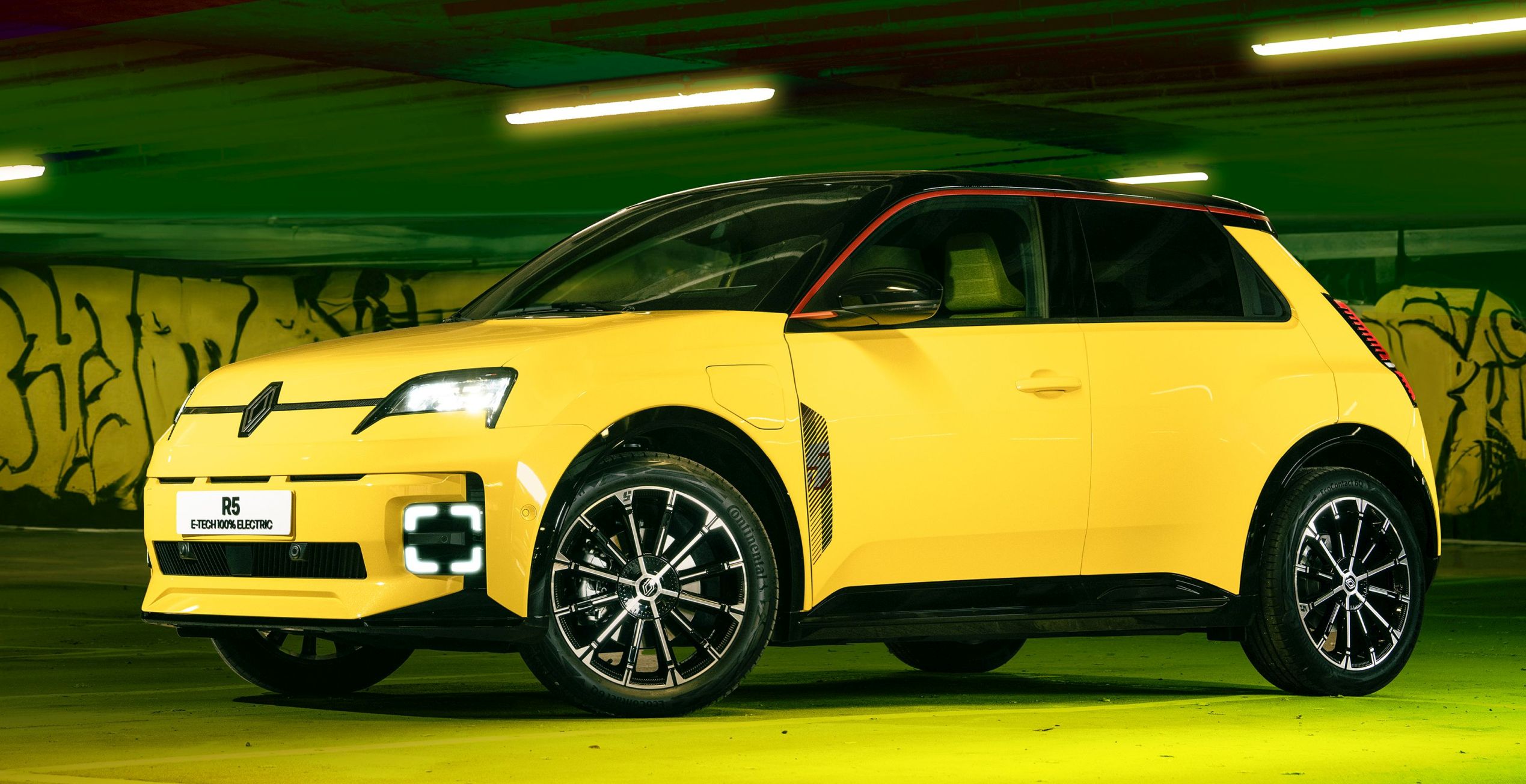Naming a new car is no small feat for automotive brands. A name must be memorable, connect with drivers, steer clear of offensive meanings in other languages, and be easy to say and remember.
Given these challenges, manufacturers often turn to their archives, reviving beloved nameplates for modern vehicles. This trend is gaining momentum, with five major brands preparing to reintroduce iconic badges, including Ford’s divisive move to bring back the Capri as an electric SUV.
But does reviving a classic name enhance a brand’s legacy, or could it tarnish the reputation of a beloved model? Experts weighed in on the risks and rewards of this nostalgic approach.
FIVE CLASSIC CAR NAMES MAKING A RETURN

1. Renault 5
The Renault 5 is set to make a comeback as a stylish electric car. First revealed as a concept in 2021, this reimagined version pays homage to the 1970s model, a favorite among rally enthusiasts.
The new Renault 5 E-Tech, arriving in early 2025, retains much of the retro charm while embracing modern electric technology. With a range of 250 miles and a starting price of around £25,000, it positions itself as a blend of nostalgia and innovation. Adding to the excitement, Renault plans to bring back the Renault 4, also as an electric model, echoing the style of its 1960s predecessor.
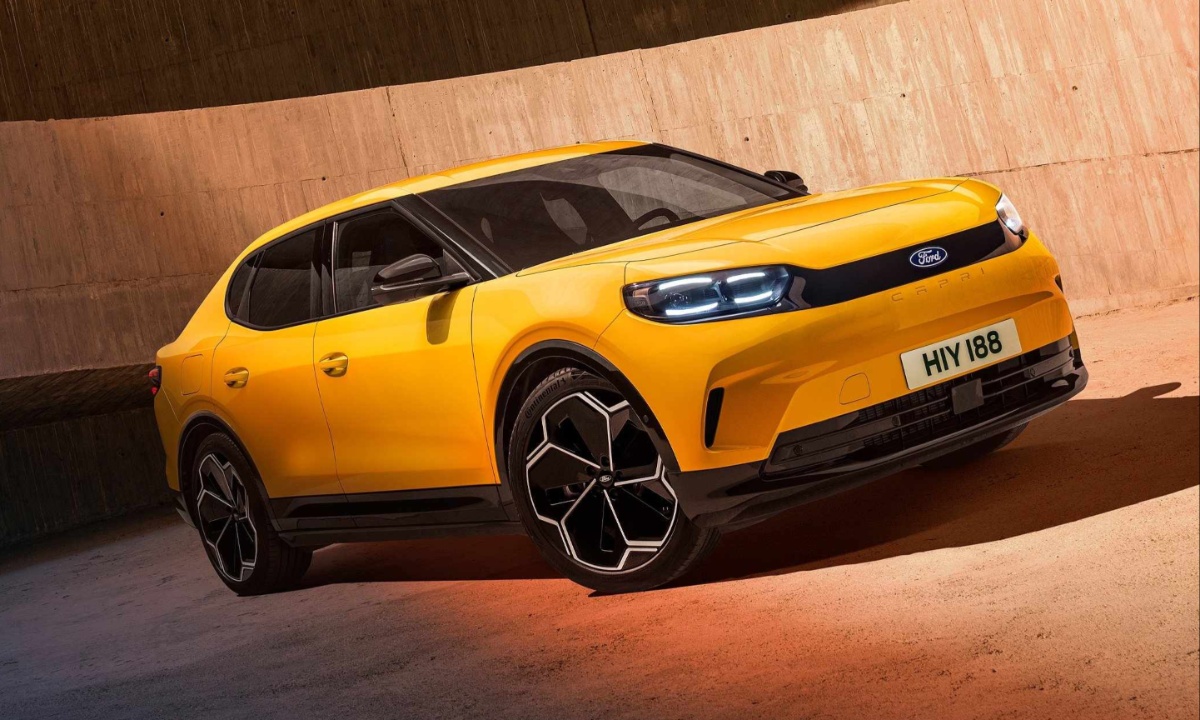
2. Ford Capri
Ford’s decision to revive the Capri name has stirred significant debate. Once known as a sleek, two-door coupe produced between 1969 and 1986, the Capri name will now grace a 2.1-tonne electric SUV priced at £42,075.
This dramatic transformation has angered some fans of the original, similar to the backlash Ford faced when it named its electric crossover the Mustang Mach-E in 2019. Ford defends the move, claiming the new Capri continues the story of the iconic original while adding “soul” to the EV market.
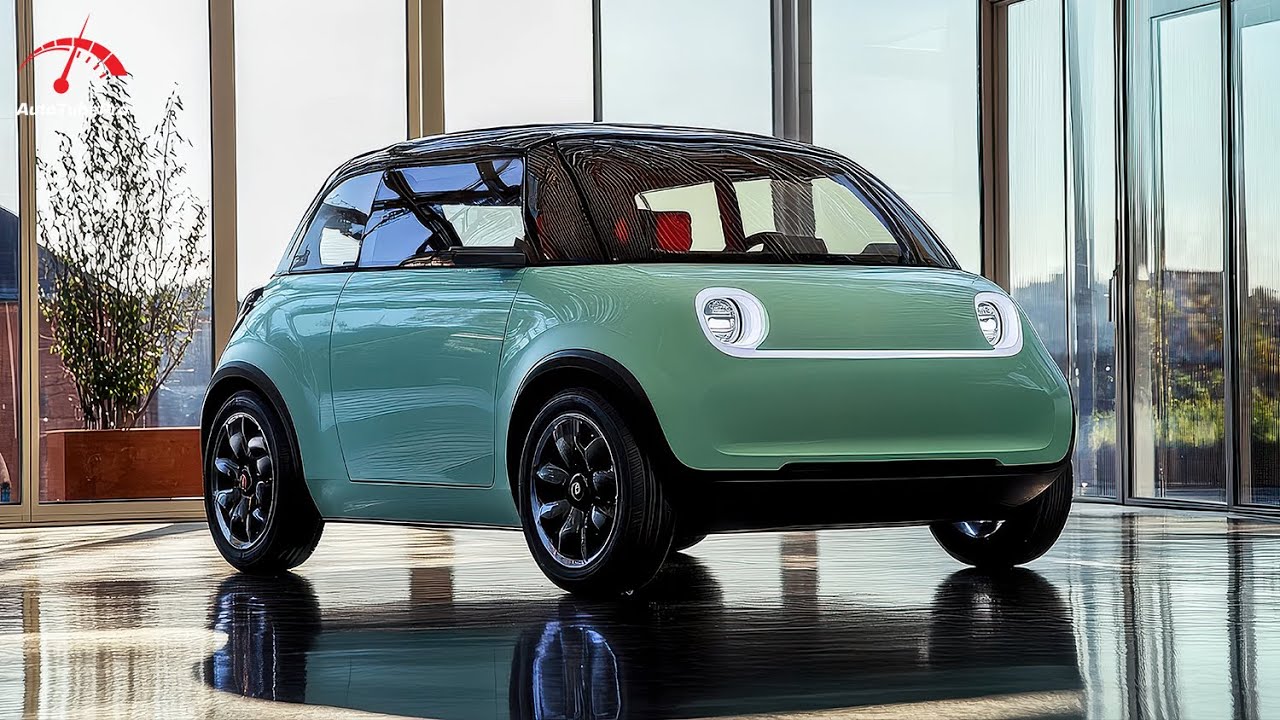
3. Fiat Topolino
Fiat is set to reintroduce the Topolino, a name last used in the 1950s. Originally a small car that preceded the Fiat 500, the new Topolino is a compact two-door electric vehicle, sharing its platform with the Citroën Ami.
The car’s retro styling includes oval headlights, classic wheel trims, and a suitcase rack at the rear, all nodding to its heritage. Two versions will be available in the UK, including the open-top Dolce Vita, which features a sunroof and no doors. With prices starting at around £8,000, the Topolino’s range is limited to 47 miles, and its top speed is 28 mph, making it a charming yet practical choice for urban travel.
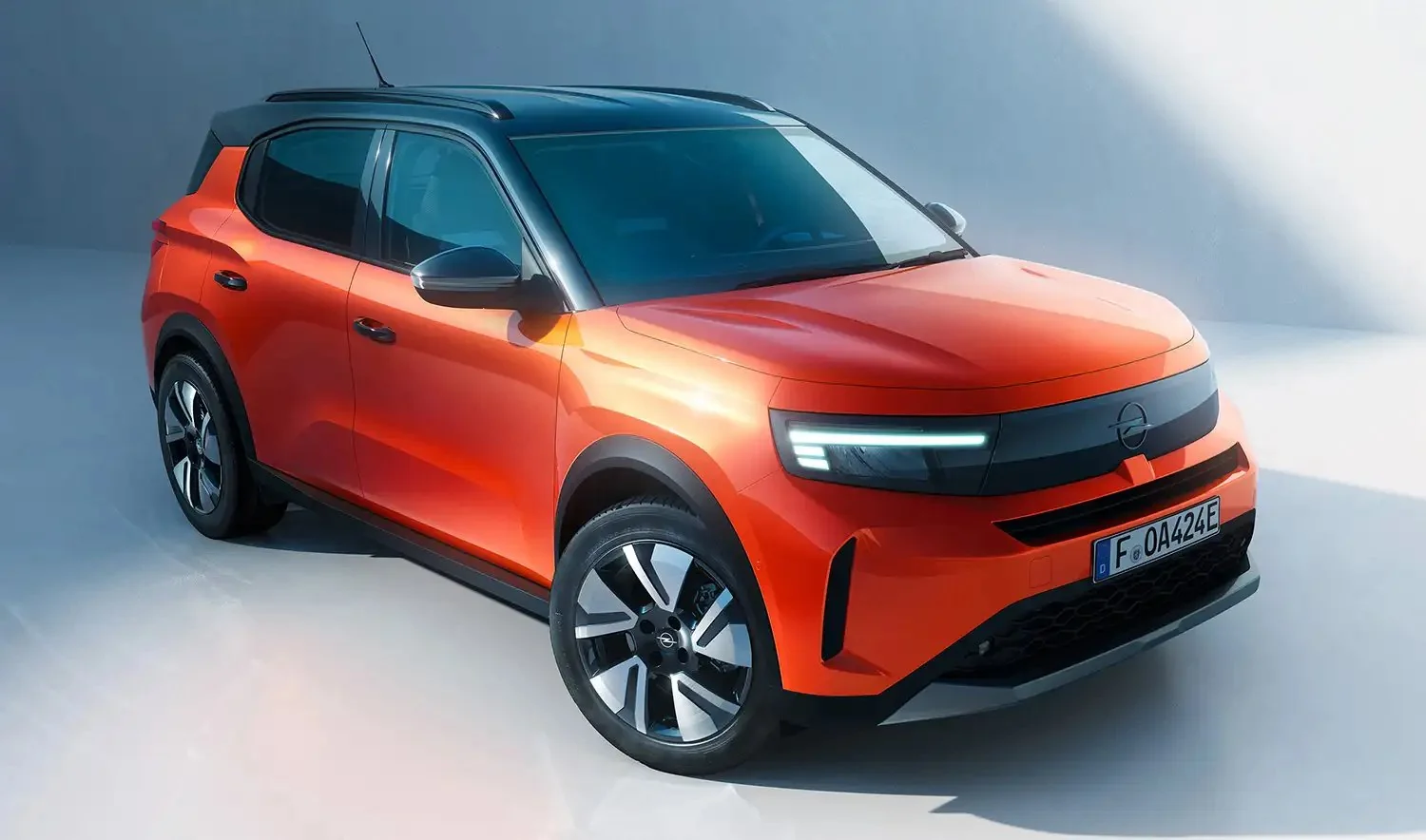
4. Vauxhall Frontera
The Vauxhall Frontera name is making a comeback after 20 years. Originally a boxy 4×4 sold from 1991 to 2004, the new Frontera will be a compact SUV available with both petrol and electric powertrains. It’s set to replace the Crossland and compete with rivals like the Ford Puma and Nissan Juke.
Focusing on comfort, the new Frontera features a patented seat design aimed at reducing back pain on long journeys. Unlike its predecessor, this version will not be capable of off-road driving, as it sends power only to the front wheels.
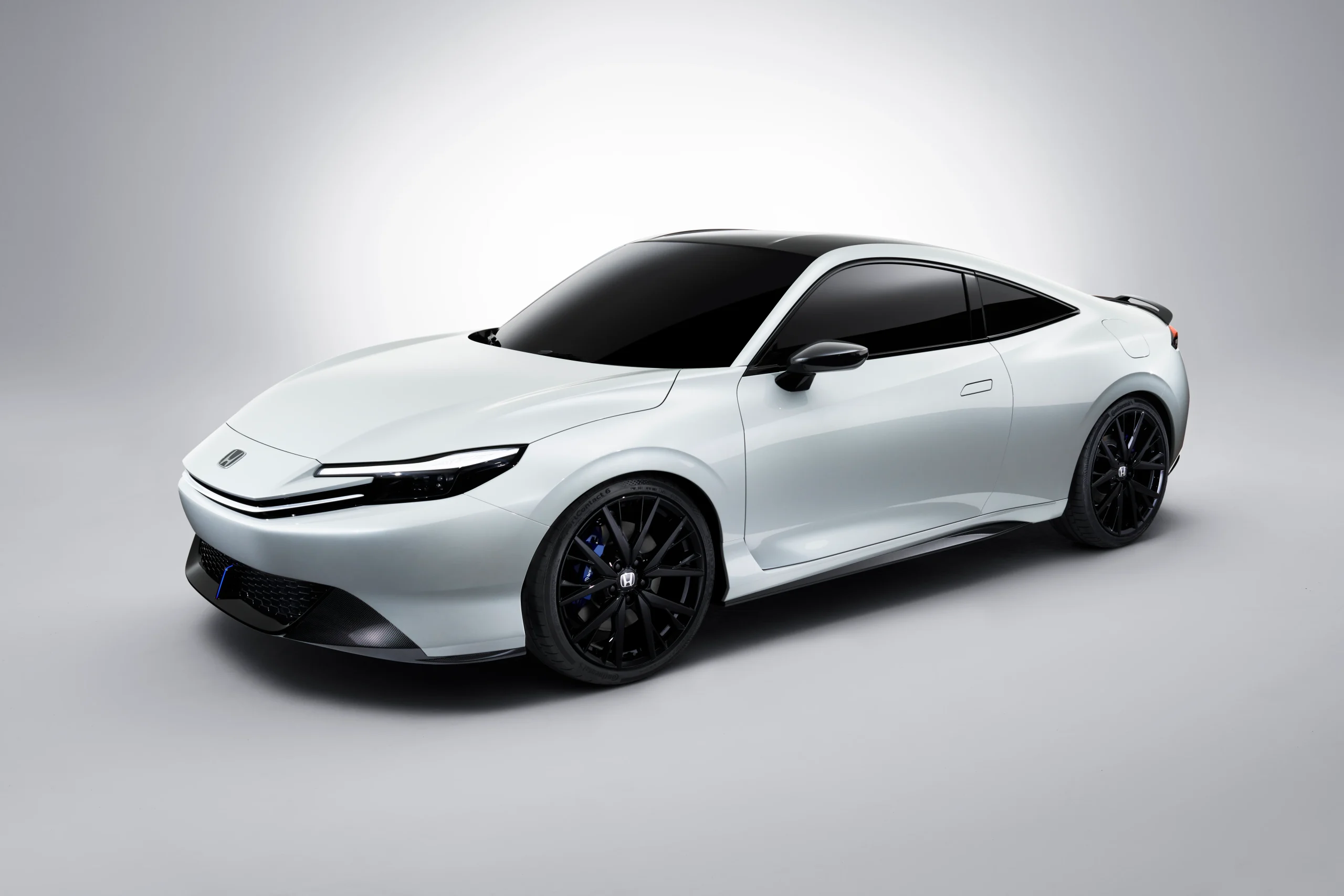
5. Honda Prelude
The Honda Prelude, a two-door sports coupe last produced in 2001, is set to return in 2025. Known for its sleek design and front-wheel-drive performance, the Prelude was a standout in its original run, which began in 1979.
The upcoming model will carry on the coupe tradition while adopting a performance-focused hybrid powertrain, likely borrowed from the Honda Civic. It will stand out in the UK market as one of the few remaining front-wheel-drive coupes, filling a void left by the discontinuation of models like the Audi TT.
These revivals tap into automotive nostalgia, offering modern twists on classic designs while catering to the industry’s shift toward electrification. However, the polarizing reactions to some rebrands highlight the delicate balance between innovation and respecting heritage.

